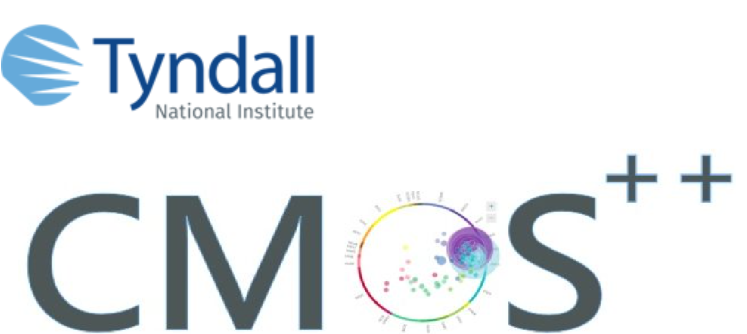Device modelling is a key capability for the semiconductor industry, allowing process optimization and insight into the physics of novel architectures and materials difficult to access experimentally. Despite much innovative experimental work, device modelling capabilities for field effect devices based on Emerging Materials and Devices are at an early stage of development. Properly formulated physics-based models would give a substantial improvement for time- and cost-effective development of those devices.
The first step to start a TCAD analysis of any material is to load its “parameter file”. This file contains all the necessary basic properties, such as: as bandgap, dielectric constant, band structure, mobility of electrons and holes, electron affinity, which are necessary to opportunely solve the drift-diffusion equations in the device. These parameters are widely known for Si, for example, since it is a mature material system. On the contrary, new material systems as TMDs or GeSn are at an early stage of development. For new material systems we have performed this early stage of development modelling and have shown properly formulated TCAD can assist the advancement of Emerging Materials and Devices.

Case study
Previous publications investigating continuum-based modelling in MoS2 have accounted for the 2-Dimensional structure based on highly asymmetric mobility in-plane and out-of-plane, while maintaining a homogenous structure. Instead of using a continuous slab of semiconductor, we introduce in a TCAD tool the “layered structure”, which takes into account both in-plane drift and diffusion currents and a tunneling process through the Van-der-Waals gap (VdW-gap) between the layers of the 2D-semiconductor. This type of layered structure is a fundamental feature of TMDs or any other 2D-material and modelling might benefit from its introduction. For this study of transport in 2D-semiconductors the continuum-based Synopsys Sentaurus Device software was used.


References
- G. Mirabelli, P.K. Hurley, R Duffy, Physics-based modelling of MoS2: The layered structure concept, Semiconductor Science and Technology, 34 (5) 055015 (2019), DOI: 10.1088/1361-6641/ab121b
- G. Mirabelli, F. Gity, S. Monaghan, P.K. Hurley, R. Duffy, Impact of impurities, interface traps and contacts on MoS2 MOSFETs: Modelling and experiments, European Solid-State Device Research Conference, art. no. 8066648, 288 (2017) DOI: 10.1109/ESSDERC.2017.8066648

